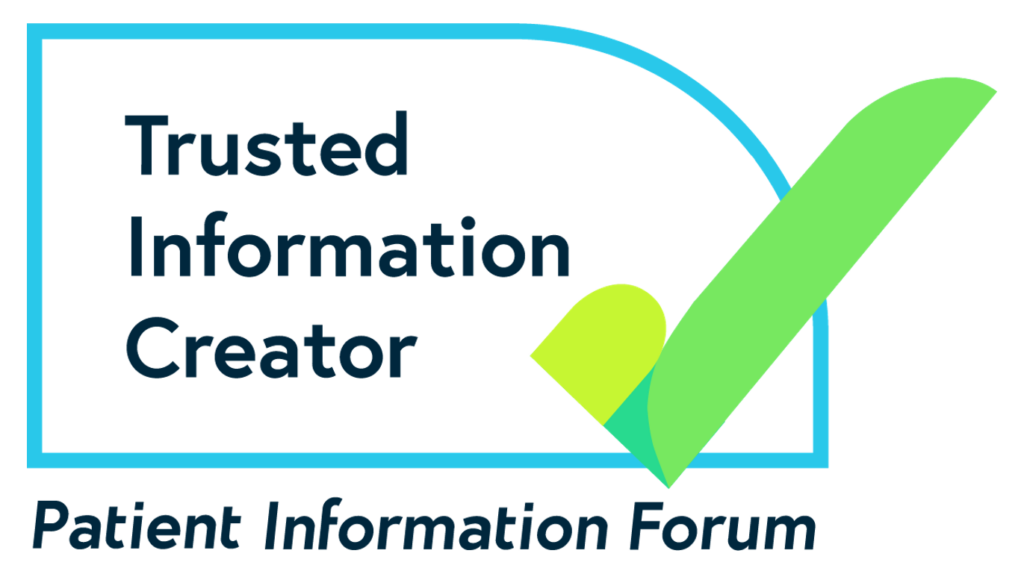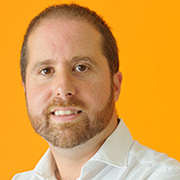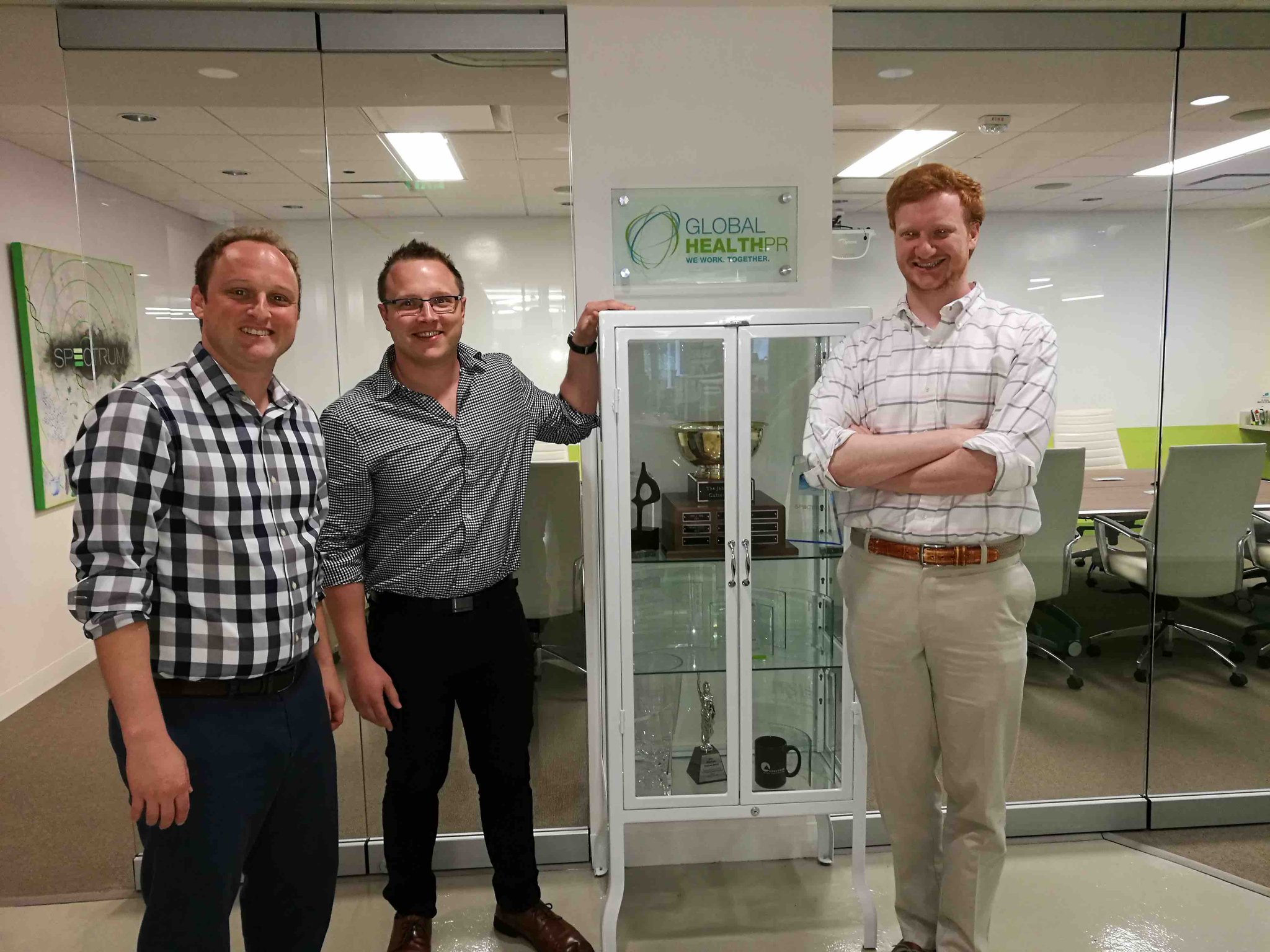by ghmc
GLOBALHealthPR
We’re living in an era of unprecedented access to information. Yet, this brings unprecedented challenges, particularly when it comes to health. The increase of false health information has eroded public trust, which is the bedrock of good relations and practices in healthcare. Health information needs to be authentic and trustworthy, with the source of the information clear. So how can we, as healthcare communicators, fight back against misinformation?
The Impact of Health Misinformation
Poorer Personal Health Outcomes: Misinformation can lead to delayed or avoided medical care. It can also lead to a misunderstanding of risk factors, encouraging harmful behaviours.
Risks to Public Health: Misinformation isn’t just a personal matter; it poses significant risks to wider communities. For instance, vaccine misinformation has fuelled the resurgence of preventable diseases like whooping cough and measles.
Financial Strain on Healthcare Systems: The ripple effect extends to healthcare systems, with misinformation driving up costs. Preventable conditions, complications from delayed treatments and managing public health crises all contribute to ballooning expenses.
Tackling Health Misinformation
Empowerment through Education: Improving health literacy is a cornerstone of tackling misinformation. By educating patients and the general public to discern credible health information, we can empower them to make informed decisions about their health.
Transparency is Key: Pharmaceutical companies and healthcare providers must prioritise transparency. This means clearly communicating treatment benefits and risks, addressing concerns openly, and providing evidence-based information to rebuild trust.
Harnessing Technology: While technology can spread misinformation, it also holds the key combatting it. Digital tools can help to disseminate accurate information, and tech companies, including social media, can help to flag or remove false content.
Community Engagement: Trust-building within communities is vital. Engaging with leaders, influencers and organisations helps to share accurate information tailored to specific communities, fostering understanding and confidence. Tailoring messages to specific communities ensures they resonate and are more likely to be accepted.
Becoming a Trusted Information Creator
As proud health information creators and communicators, it’s our responsibility to ensure the information we produce is accurate, accessible, and evidence based. At Aurora, our rigorous approach to creating health information has earned recognition from the Patient Information Forum (PIF) through the PIF TICK – the UK’s only assessed quality mark for print and online health and care information.

The PIF launched the PIF TICK in May 2020. In July 2021, PIF launched the website www.piftick.org.uk to raise awareness of PIF TICK accredited members and help people find trusted health information. The site also includes guides on topics including spotting false health information and understanding evidence.
Aurora is one of the first healthcare communications agencies to receive accreditation with the PIF TICK, joining over 140 organizations including NHS trusts, patient advocacy groups, pharmaceutical companies, and individual health content creators. Our adherence to the 10 key criteria ensures that any health information we create on behalf of our clients can bear the PIF TICK, providing assurance to patients and the public that it meets the highest standards.
By fostering trust, transparency, and promoting health literacy, we empower individuals to make informed health decisions, leading to better outcomes for all.
“Argentina has three major strengths when considering clinical research: it has the ANMAT[1], a pioneering entity that sets a solid regulatory framework for conducting high-quality research; it has excellent healthcare professionals and increasingly professionalized centers, and finally, amidst a health system in crisis, there is a significant increase in patients’ interest in participating in clinical trials, which allows them to receive excellent healthcare,” said Dr. Federico Pérez Manghi, a clinician specializing in Nutrition and Diabetes and president of theCINME (Center for Metabolic Research) in Buenos Aires.
Clinical research has grown exponentially both in Argentina and throughout Latin America. According to data from the Argentine associations that connect clinical research organizations and multinational pharmaceutical companies (CAOIC and CAEME), between 2017 and 2021, the number of clinical trials conducted in the country increased by 79%. The specific improvements established by ANMAT for the approval processes, the digitalization of paperwork, and the prestige of the medical community are the main reasons for this growth in the international participation of medical trials. Clinical research encompasses all activities aimed at determining the efficacy, safety and quality of drugs, treatments, detection, diagnosis and prevention mechanisms. This has a profound impact not only on patients and the health system as a whole but also on the country’s economy.
In Argentina, as in the rest of the region and other countries around the world, the 2020 pandemic was a before-and-after moment for clinical research. The urgent need for a COVID-19 vaccine promoted information and awareness about clinical trials.
“Before 2020, when I invited a patient to participate in a clinical trial, I had to explain to them what it was about and debunk many misconceptions. Today, this has changed. I like telling my patients that at the beginning of the 20th century, life expectancy was only 40 years. Now, thanks to clinical research and the advancements made, the global average life expectancy has doubled,” Dr.Pérez Manghi said.
Dr. Georgina Sposetti, an Argentinian clinician and diabetologist, agrees with him. She is the founder of Un ensayo para mí (A Trial for Me), an innovative platform in Latin America, that connects doctors, researchers, and patients in a safe, reliable and controlled environment. The goal is to promote information about ongoing clinical trials and ensure access to them.
“The growth was exponential after 2020. The vaccine trials during the pandemic helped a lot. From 2021 on, the platform has grown by about 120-150% each year. When we post a clinical trial for a disease, the number of patients who enter and ask is incredible,” Dr.Sposetti said.
Dr. Sposetti created the platform based on her personal experience. In 2013, she was diagnosed with Lewis-Sumner syndrome, a rare nervous system disorder for which there was no treatment available at the time. Her first impulse was to go online and volunteer for a clinical trial.
“During my own pursuit, I realized that for anyone lacking technical knowledge or English, having a rare disease or cancer and wanting to know about ongoing research was a real mission impossible,” Sposetti added.Un ensayo para mí (A Trial for Me) was recognized in 2021 as a pioneer in the region by The Lancet Oncology, and is now active in eight Latin American countries, serving as a space for direct communication with people and working to democratize information.
The profile of Latin patients in particular is also key when considering clinical research. “Latin American patients like having regular contact with their doctor and want to attend the medical center. This leads to a significantly lower dropout rate in clinical trials compared to Anglo Saxon countries. They get more involved and there’s higher adherence,” noted Dr. Pérez Manghi.
Even so, there is still plenty to work on as less than 5% of the world’s total clinical research is conducted in Latin America. The main challenge is generating more data, a subject that is still pending in the region. “Argentina is already addressing this issue by investing heavily in technology. An example of this, is the development of Alpha Clinical Research, a platform of digital medical record that we are implementing in CINME”, concluded Pérez Manghi.
[1] ANMAT: Administración Nacional de Medicamentos, Alimentos y Tecnología Médica – National Administration of Drugs, Food and Medical Devices.
NEW YORK, 10 JANUARY 2018 – GLOBALHealthPR®, the largest independent health and science communications agency partnership worldwide, today welcomed Johannesburg-based F/NE to its rapidly expanding global network. Founded more than 18 years ago, F/NE has built an impressive reputation as the leading independent healthcare communications consultancy in South Africa, with an extended reach into Kenya, Nigeria, Zambia and Zimbabwe.
With the addition of F/NE, GLOBALHealthPR adds a strong strategic presence in South Africa and across Africa, helping to address increased client demand for deep insights and seamless execution across the diverse markets in the region. The need for and investment in healthcare services in Africa remain at an all-time high, while successful communications programs require local knowledge and an ability to work across disciplines to reach a broad range of stakeholders.
“F/NE is thrilled to add our name to GLOBALHealthPR’s roster of best-in-market healthcare communications agencies as they continue to redefine the industry’s approach to building a collaborative global network focused on client needs,” said Mandi Fine, Founder and CEO of F/NE. “Our clients will now benefit from access to the top health communications consultancies internationally, in addition to our best-in-class capabilities in South Africa and across the continent.”
Founded in 2001, the GLOBALHealthPR network delivers local, regional and global healthcare communications expertise through carefully-selected partner agencies that choose to work together based on shared values, independence and flexibility. Headquartered in New York, with regional hub offices in London and Singapore, GLOBALHealthPR uniquely combines the capabilities, power and reach of the big holding company networks with the flexibility, agility, entrepreneurial spirit and creativity of independent agencies. In doing so, the network and its agencies have become trusted partners to top global biopharmaceutical companies, medical-device manufacturers, health-technology companies, advocacy and professional associations and consumer goods companies.
“GLOBALHealthPR is incredibly excited to join forces with F/NE, a firm whose strategy-first approach to health communications aligns perfectly with our existing agency partners,” said Jonathan Wilson, President of GLOBALHealthPR. “Mandi and her team have a great reputation thanks to their unparalleled understanding of the healthcare communications needs in South Africa and their delivery of innovative, multi-disciplinary solutions to address the unique challenges clients face every day.”
Currently fewer than 50 percent of Africans have access to modern healthcare facilities, though urban development and increased wealth, coupled with greater access to mobile phones and the internet, are likely to significantly change the delivery of healthcare in the coming years.
“Healthcare communications plays a critical role in South Africa and across the African continent, helping to increase health literacy and access to care in underserved communities and highlighting incredible innovation taking place in the academic and commercial sectors,” said Tim Goddard, Executive Vice President, GLOBALHealthPR. “Similar to the Latin American and Asia Pacific regions over the last decade, we anticipate a significant boom in strategic health communications needs in Africa. We are pleased to partner with F/NE as we continue to offer our clients access to the top healthcare communications agencies around the world.”
About F/NE
F/NE is a niche consultancy based in Johannesburg, South Africa that is structured as a strategic hub, with highly skilled strategists who have deep institutional knowledge of healthcare. F/NE has worked as a trusted partner to large multinational healthcare clients in building companies’ brands and reputations in South Africa, Africa and many emerging markets for more than 18 years.
About GLOBALHealthPR®
GLOBALHealthPR is a partnership of independently owned and operated health and science communications agencies that choose to work together based on common values. With more than 600 health-specialist communications professionals, researchers and medical advisors on staff serving more than 200 organizations globally, the agencies that make up the partnership share a belief in insights-driven strategies and a commitment to collaboration in order to provide clients the best possible counsel and execution.
GLOBALHealthPR’s presence spans more than 40 countries covering Europe, North America, Latin America, the Middle East, Africa and the Asia-Pacific regions.
MEDIA CONTACT:
Mary Conway
+1 212-468-5377
This post comes to us from Renato Póvoas, Founder and Managing Partner of GLOBALHealthPR Portugal partner, Guess What.

Despite being somewhat averse to speculation, Guess What‘s editorial board asked me to write about trends for 2017. I leave here my 12 guesses. At the end of the year, we will take stock of what has actually materialized.
- Predictive analysis: Use of data, statistical algorithms and machine learning techniques to anticipate consumer behavior.
- Customer-Centric Culture: Put customers ahead of the direct interests of your brand. Surprise and provide an unforgettable experience to your client that he or she will defend your agency owing to fantastic results.
- Geo-location: Massive spread of the use of consumer data via geolocation. With the ever-increasing use smartphones, there is great potential for collecting and processing this information, being a precious tool for brand marketing.
- Native advertising: With the proliferation of ad blockers, it will become increasingly common to use native advertising in various media and formats. This type of advertising has the advantage of not being interrupted by the intrusive banners and pop-ups that disturb us daily.
- Multi-touch Attribution (MTA): A system that lets you know which clicks are the most important in converting customers online and how they relate. An extremely important topic for communications agency wants to make money providing digital services. Coming in the very near future.
- Data-driven marketing: Base decisions and actions on marketing through concrete data. Get to know people and customers to the smallest detail. This implies looking at the marketing, communication and commercial areas from an integrated, 360º perspective.
- Targeted Creativity: Develop creative and relevant content for your customers. From the digital point of view there are numerous tools that allow you to adapt and segment content so that your campaigns are increasingly effective.
- Cross-device: It’s already coming out of 2016 and will continue to be a reality this year. The mix is getting bigger and bigger. The challenge is to integrate the contents with coherence and in an appropriate way to the support.
- Live video: Explosion in the volume and level of interaction of this type of video. YouTube, Facebook and Instagram have recently incorporated more and more features in this field, thus contributing to the popularization of these videos, namely at the level of public events. It will not take long for brands to seize this opportunity.
- Content marketing: It has been said and recognized for some time now that “content is king”. Therefore, I believe that the content evolution that we will see in 2017 will be with regard to the level of sophistication, creativity and format.
- AR / VR (Augmented Reality and Virtual Reality): With some experiences in this area – Pokemon Go is perhaps the most universal example, there is still a long way and a lot to do in this specific field. Technology is important, but content and creativity are equally critical.
- AI (Artificial Intelligence): This will be the year in which more and more companies and brands will advance in this area. Personal assistants, chat bots and other instant messaging programs promise to give birth to a new generation of digital services.
What do you think will be the top communications trends in 2017? Leave a comment to let us know!
A version of this post originally appeared on the Guess What blog.
Watch this space for updates on our one-of-a-kind program from now through November.
Day 1 of Mark Henderson’s GLOBALHealthPR Exchange at Spectrum, Washington, D.C.

Since arriving in Washington, DC as part of the GLOBALHealthPR Professional Exchange Program, I’ve been privileged to witness a lot of American history, from Capitol Hill (the seat of the United States Congress and legislative branch of the US Federal Government), to The White House (the official residence and principal workplace of the President of the US, also dubbed “The Nation’s Most Famous Address”).
Warmly welcomed by Andrew Bailey, and the Spectrum team at its Washington DC offices today (Monday, September 19, 2016), I’ve been given a tour of the office and met many staff. I’ve also been privy to an orientation from Spectrum’s HR lead, Julian, who documented the company’s 20 year-long history, founded on the idea of “transforming complicated science into compelling stories,” to its dramatic growth in the past four years, which has seen the company double in size to upwards of 60 staff members across three offices (DC, New York and Atlanta), and those who work remotely.
Further to this introduction, I’ve been privileged to participate in several brainstorm sessions, and teleconferences that have offered me an opportunity to begin to understand the way in which business gets done at Spectrum. I’ve been truly impressed by all that I’ve learned since arriving here.

I was privileged to speak with Tim Goddard, Senior Vice President of GlOBALHealthPR, who provided me a warm welcome to the company, and outlined many of the different opportunities I will experience in the United States during my two week tenure here. Notably, I will be meeting with each of the four Functional Group Leads for Spectrum, including those representing the BioPharma, BioTech, Consumer Science and Public Affairs divisions, along with a host of other senior staff, such as the business managers who work within each of these groups.
It’s only day one, but I already feel like I’ve learned so much about Spectrum, its rich and vibrant history, and plans for the future, and I very much look forward to what the coming weeks have in store, both Washington DC, and in New York City.
Mark is participating in the GLOBALHealthPR Professional Exchange Program representing exclusive Australian partner, VIVA! Communications. The Program aims to enhance the connectivity of GLOBALHealthPR agencies through collaboration, best practice sharing, and insights into the drivers that affect health and science communications in different markets worldwide, and to build professional relationships with other GLOBALHealthPR personnel around the globe.
About Mark: Mark Henderson is Queensland Branch Manager at GHPR Australia partner, VIVA! Communications. To follow his experiences on the GLOBALHealthPR Professional Exchange Program online, use #GHPRConnects to join the conversation and follow all of the 2016 exchange programming.
